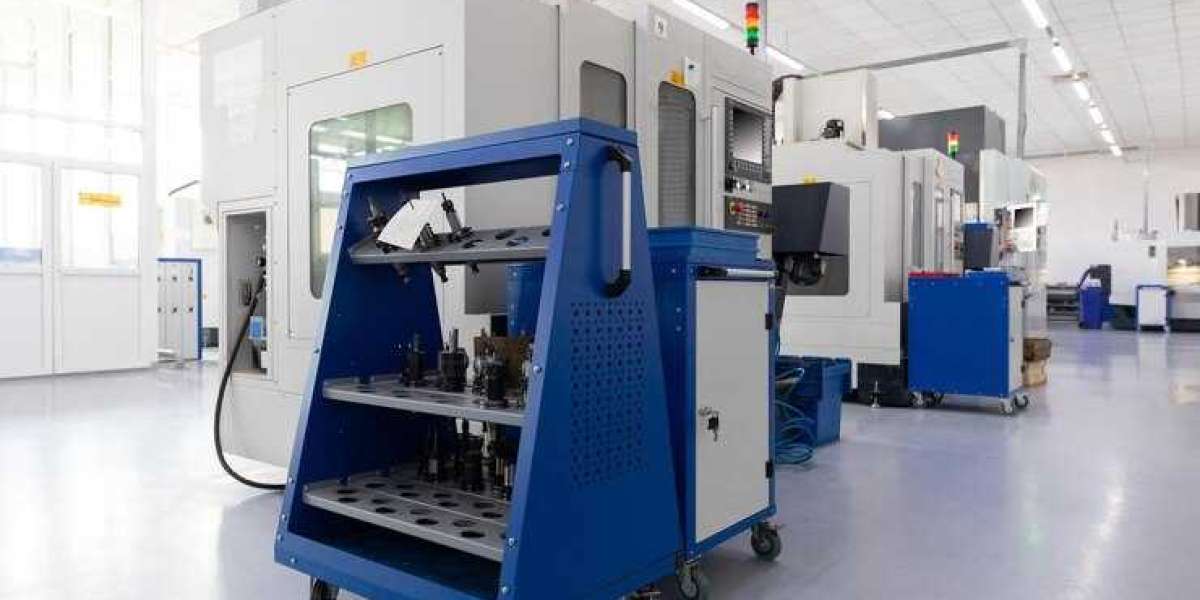Bar bending machines are essential tools for construction projects that involve bending reinforcement bars (rebars) to desired angles. Selecting the right machine ensures efficiency, precision, and safety. Here’s a detailed guide on how to choose the perfect bar bending machine for your needs.
1. Determine Your Requirements
Before making a purchase, evaluate the specific needs of your project. Consider factors such as:
- Bar diameter: Identify the range of rebar diameters you’ll need to bend.
- Bending angle: Determine the maximum angle required for your applications.
- Volume of work: Assess whether the machine will be used for light, medium, or heavy-duty operations.
2. Machine Capacity
Choose a machine that can handle the maximum diameter and strength of the rebar used in your projects. Machines come with specific capacity ratings, so ensure the chosen model aligns with your workload and rebar specifications.
3. Automation Level
Bar bending machines are available in manual, semi-automatic, and fully automatic models.
- Manual machines: Best for small-scale operations with limited bending requirements.
- Semi-automatic machines: Ideal for medium-sized projects with moderate automation needs.
- Fully automatic machines: Suitable for large-scale projects, offering speed, precision, and minimal manual intervention.
4. Build Quality and Durability
Invest in a machine made of high-quality materials to ensure durability and longevity. Look for features such as:
- A robust frame to handle heavy-duty work.
- Corrosion-resistant components for extended lifespan.
- Wear-resistant bending tools for consistent performance.
5. Ease of Use
A user-friendly machine can significantly reduce the learning curve and enhance productivity. Look for:
- Intuitive control panels.
- Clear instructions and adjustable settings.
- Ergonomic design for operator comfort.
6. Safety Features
Safety should be a top priority when selecting a bar bending machine. Key features include:
- Emergency stop buttons.
- Overload protection systems.
- Guards to protect the operator from moving parts.
7. Portability and Space Requirements
For projects requiring frequent relocation, consider a portable bar bending machine with wheels. Additionally, evaluate the space available at your worksite to ensure the machine fits without obstructing operations.
8. Energy Efficiency
Energy-efficient machines reduce operational costs and are more environmentally friendly. Check the machine’s power consumption and opt for models with optimized energy usage.
9. Brand Reputation and Support
Purchase from a reputable manufacturer known for producing reliable and high-performing bar bending machines. Additionally, consider:
- Warranty terms.
- Availability of spare parts.
- After-sales support and service.
10. Cost and Budget
While cost is an important factor, prioritize quality and features over the cheapest option. Investing in a reliable machine will save money in the long run by reducing maintenance and downtime.
Conclusion
Choosing the right bar bending machine is crucial for the success of your construction projects. By considering your project requirements, machine specifications, and safety features, you can make an informed decision that ensures efficient and accurate operations. Take time to research and compare models from reliable industrial tools suppliers to find the perfect fit for your needs.








